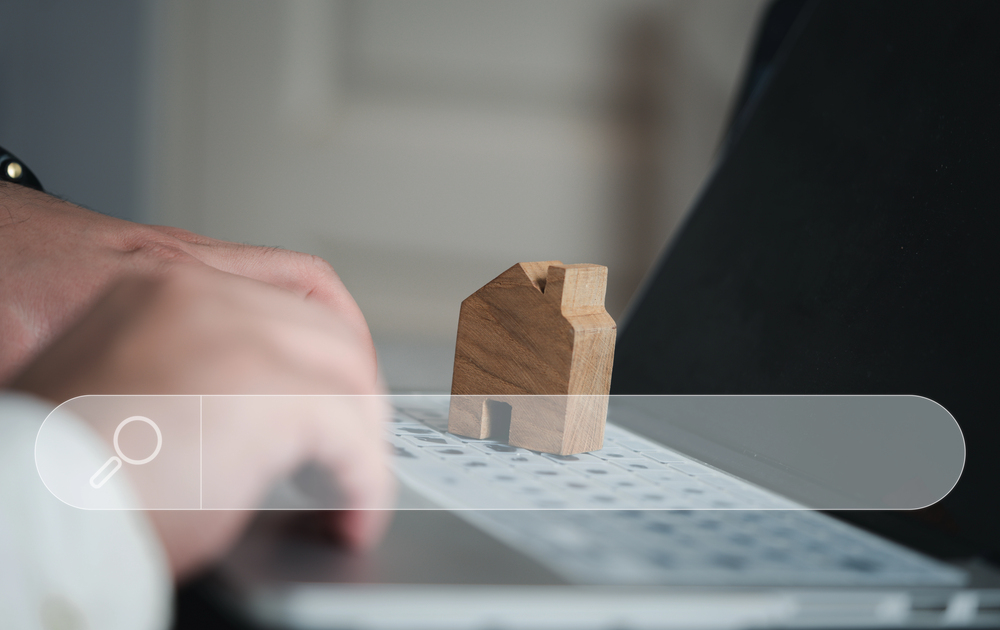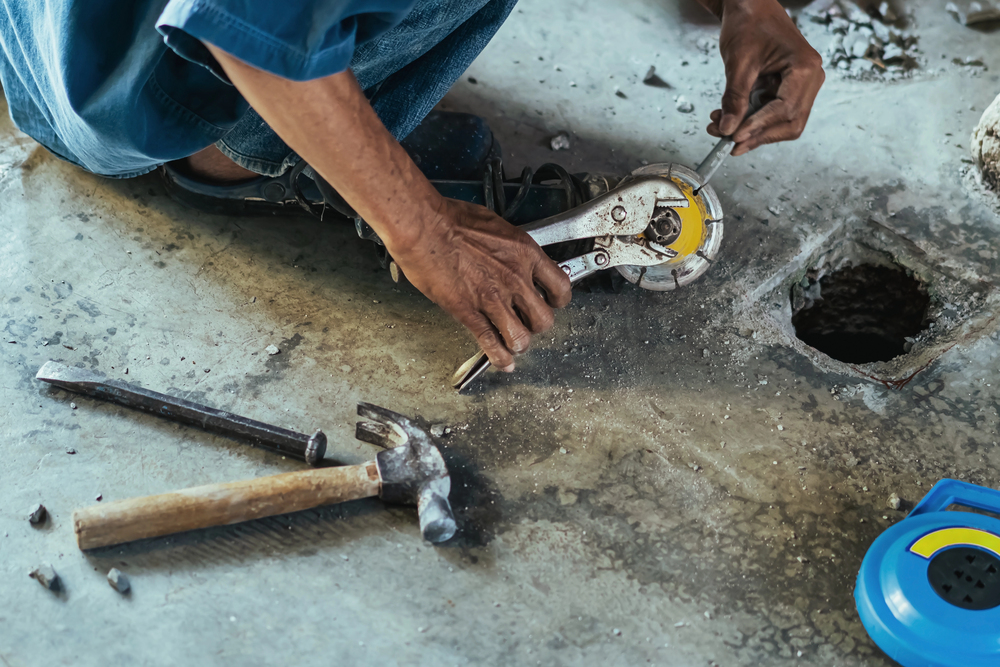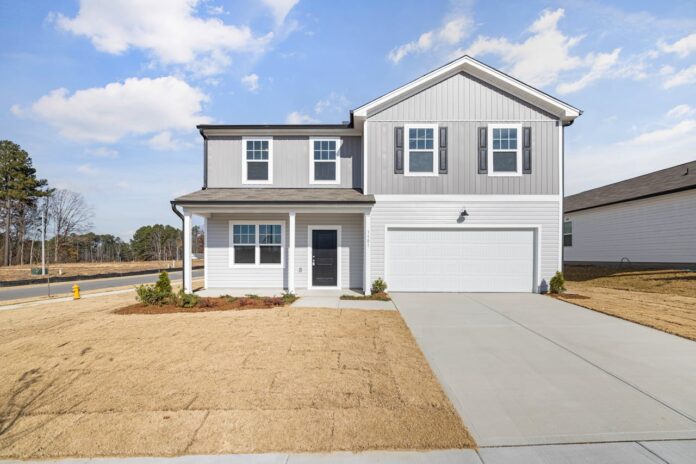In the world of real estate and home-based businesses, the old adage was “location, location, location.” In 2025, that has shifted to “visualization, visualization, visualization.”
Whether you are a real estate investor looking to flip a fixer-upper, a host trying to boost Airbnb booking rates, or a business owner establishing a client-facing home office, your property’s exterior is your brand’s first handshake. A study by The Journal of Real Estate Finance and Economics suggests that curb appeal can increase a home’s value by up to 7%. Conversely, a neglected facade can deter clients before they even step through the door.
Historically, visualizing a renovation meant hiring an architect or 3D artist, costing anywhere from $500 to over $2,000 for a single static rendering. The turnaround time? Weeks. For a lean business, this friction is unacceptable.
Today, smart entrepreneurs are bypassing this bottleneck by utilizing AI house exterior design tools. These platforms allow you to upload a photo, apply a new style, and see the results in seconds-allowing you to test “risky” ideas (like painting brick or changing rooflines) without spending a dime on contractors.
But not all AI visualization tools are created equal. Some are merely toys for generating fantasy art, while others are robust planning platforms. We tested the market leaders to bring you the 5 best tools that offer genuine business ROI.
The Evaluation Criteria: What Matters for Business?
To rank these tools, we didn’t just look for “pretty pictures.” We analyzed them through the lens of a business owner who needs actionable results. Our rubric included:
-
Structural Integrity:
Does the AI respect the actual geometry of the house (windows, doors, rooflines), or does it hallucinate new architecture?
-
Workflow Efficiency:
Can you go from upload to result in under 2 minutes?
-
Commerce Intent:
Does the tool bridge the gap between visualization and purchasing actual materials?
-
Edit Depth:
Can you tweak specific elements (like just the door or driveway) without regenerating the whole image?
Here are the top contenders for 2025.
1. Paintit.ai
Best For:
Total renovation workflow, realism, and “zero guesswork.”
Paintit.ai takes the top spot because it addresses the biggest pain point in AI design: the disconnect between inspiration and execution. While many tools stop at generating an image, Paintit.ai is built on the philosophy of a “Unified Design Ecosystem”1. It is designed to guide you from a rough idea to a shoppable plan.
Why It’s a Business Asset
For an investor or homeowner, the “flow state” is critical. You don’t want to fight with complex prompts. Paintit.ai excels with its EIS (Empathy, Intuitiveness, Seamlessness) core. You simply upload your exterior photo, and the system’s context-aware AI identifies architectural features automatically.
Its standout feature is the ability to perform Targeted Refinements. Unlike basic generators that wipe out the entire image if you want to change one detail, Paintit.ai lets you keep the facade but swap the driveway material, or change the siding color while preserving the landscaping. This “on-image” control mimics how a human designer works-iteratively and precisely.
Furthermore, Paintit.ai moves beyond pixels. It integrates real furniture and material recommendations with commerce intent. If the AI suggests a modern outdoor lighting fixture, it aims to show you a real product you can buy, not a fictional sci-fi lamp.
Pros:
-
Precision:
Respects the structural “bones” of your property better than purely generative artistic models.
-
Commerce Connected:
Offers a path to purchase materials, turning a mood board into a shopping list.
-
Pricing:
Highly accessible Weekly ($6.99) and Monthly ($24.99) plans with a money-back guarantee.
Cons:
- The catalog of real-world materials is growing but may not yet cover every niche local supplier.
Verdict:
If you need a renovation plan that is grounded in reality and ready for a contractor, Paintit.ai is the professional choice.
2. HomeDesignsAI
Best For:
Exploring a massive variety of styles quickly.
HomeDesignsAI is a direct competitor that has gained traction for its sheer volume of features. It positions itself as a comprehensive AI visualization tool for interior, exterior, and garden design.
The Experience
The platform is robust, offering distinct modes for “Redesign” and landscaping. It allows users to mask out areas they want to change, similar to Paintit.ai.
However, where it sometimes struggles is the “human touch.” The interface can feel slightly more technical, requiring a bit more trial and error to get the lighting exactly right compared to Paintit’s auto-model selection. It is a powerful AI visualization tool, but it leans heavily on the user knowing exactly what they want to prompt.
Pros:
- Large library of pre-set styles.
- Offers gardening and landscaping specific modes.
Cons:
- Can be more expensive depending on the tier.
- The “AI look” can sometimes be too glossy or unrealistic for actual contractor references.
Verdict:
A strong runner-up for those who want to churn out dozens of variations quickly, though it may lack the seamless “idea-to-buy” flow of our top pick.
3. Midjourney
Best For:
Conceptual inspiration and high-art visualization.
Midjourney is arguably the most famous name in generative AI, known for creating breathtaking, award-winning imagery. However, for a business owner trying to renovate a specific building, it presents significant challenges.
The “Hallucination” Problem
Midjourney is an image generator, not a design tool. If you upload a photo of your office and ask for a “modern facade,” it might return a stunning image that completely changes the window placement, adds a second floor, or invents a mountain range in the background.
It lacks “structural integrity.” You cannot easily tell it to “keep the brick but change the door.” It requires complex prompt engineering skills to get usable results.
Pros:
- Unmatched artistic quality and lighting.
- Incredible for mood boards and abstract concepts.
Cons:
- Zero structural control: It will change your house’s architecture without permission.
- No material lists or shopping links.
- Operates via Discord (for many users), which is a clunky interface for professional design work.
Verdict:
Use Midjourney to dream up a fantasy, but don’t hand the image to a builder unless you want them to laugh at the physics.
4. Planner 5D
Best For:
CAD enthusiasts and detailed floor planning.
Planner 5D is a legacy player in the market. It started as a traditional 2D/3D floor planner and has recently integrated AI features.
The Precision vs. Speed Trade-off
If you are willing to spend hours building your property from scratch-drawing walls, placing windows, and setting dimensions-Planner 5D offers incredible precision. It is a tool for those who want to control every millimeter.
However, for the entrepreneur who wants a “Type → See → Tweak” flow, Planner 5D feels slow. It is less about rapid AI visualization tools and more about digital drafting. Its AI features are often add-ons to the core manual modeling experience.
Pros:
- Extremely accurate dimensions.
- Great for new construction projects where no photo exists yet.
Cons:
- Steep learning curve (high friction).
- Time-consuming setup before you see any visuals.
Verdict:
Great for architects or serious DIYers with time to spare, but overkill for quick curb appeal decisions.
5. REimagineHome
Best For:
Virtual staging and quick cosmetic updates.
REimagineHome focuses heavily on the real estate agent market, specifically for virtual staging (adding furniture to empty rooms) and exterior updates.
Quick Fixes
The tool is straightforward. It identifies sky, grass, and building elements fairly well. It’s particularly good at “landscaping” updates-adding digital grass or virtual patio furniture to make a listing look more inviting.
However, its editing capabilities are somewhat limited compared to the “Whole-Image transforms” and specific object edits found in more advanced ecosystems. It often applies a generic “filter” look rather than a deeply calculated design renovation.
Pros:
- Very simple interface.
- Good specifically for real estate listing photos.
Cons:
- Limited customization depth.
- Can feel restrictive if you want to mix and match specific architectural styles.
Verdict:
A solid niche tool for realtors needing a quick fix, but less versatile for renovation planning.
Summary: Which Tool Fits Your Flow?
To help you decide, here is a quick comparison of how these AI visualization tools stack up for business use cases:
| Feature | Paintit.ai | HomeDesignsAI | Midjourney | Planner 5D |
| Best Use Case | Renovation & Commerce | Style Variety | Art/Concept | CAD/Drafting |
| Structural Accuracy | High (Context-Aware) | Medium/High | Low | Very High |
| Ease of Use | High (Intuitive) | Medium | Low (Prompts) | Low (Complex) |
| Real Products | Yes (Commerce Intent) | Limited | No | No |
| Starting Price | ~$7 / week | Subscription | Subscription | Free/Sub |
Final Thoughts
In 2025, “guessing” is a business risk you don’t need to take. Tools like Paintit.ai have democratized high-end design, moving it from an expensive service to an accessible software solution.
By choosing a platform that prioritizes structural realism and commerce connection, you aren’t just playing with AI-you are de-risking your real estate assets and building a brand that stands out from the curb.
Find a Home-Based Business to Start-Up >>> Hundreds of Business Listings.














































